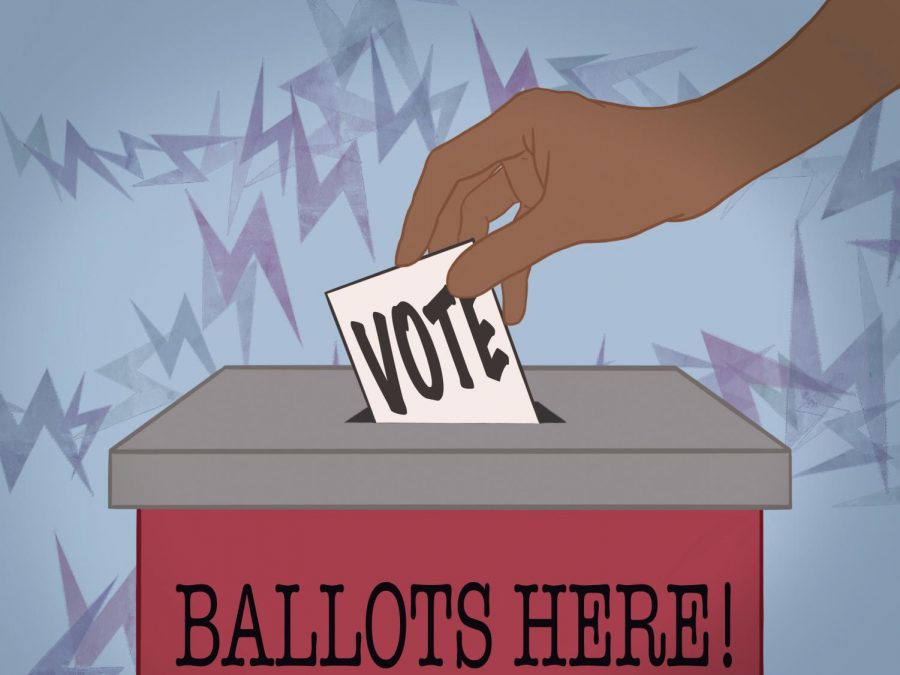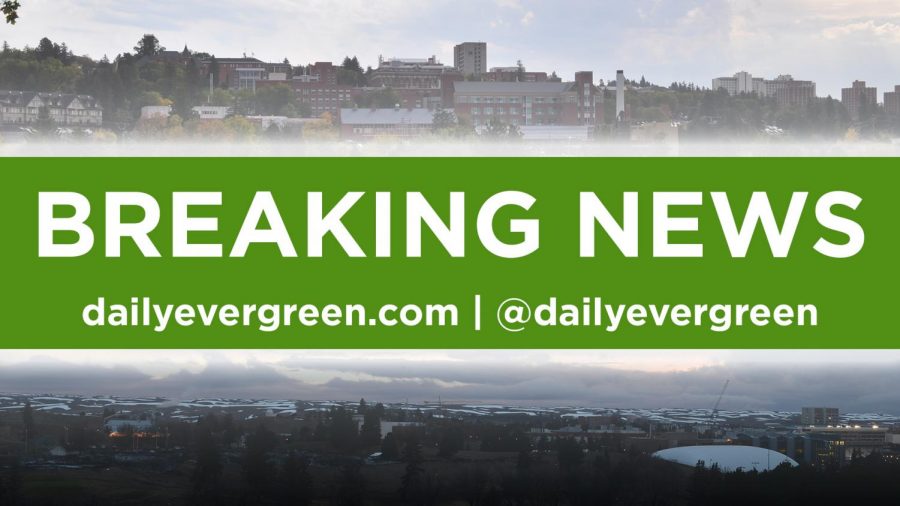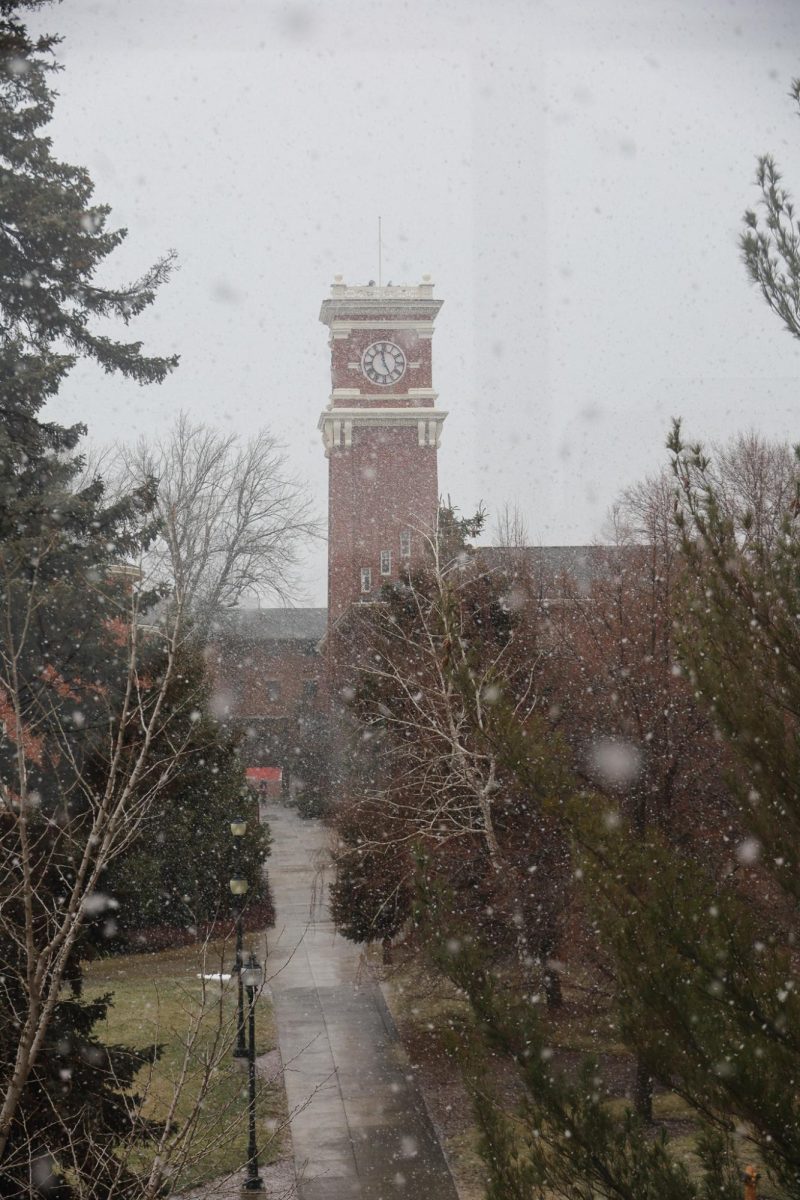Washington is currently in wildfire season, with six fires burning more than 1,000 acres each, mostly in central and eastern Washington, according to Fire Weather Avalanche Center.
Also according to Fire Weather Avalanche Center, Idaho is dealing with nine fires burning more than 1,000 acres. Both states together are dealing with more than six new fires.
Stephanie May, Washington Department of Ecology’s Eastern region communications manager, said we are currently in wildfire season in Washington state, which will last through at least September.
“Sometimes it goes through October,” May said. “[The number of fires] seems about average right now. With the conditions that we have right now it’s very easy for a wildfire to spark and lead to a very large fire.”
May said wildfire season began early this year, with smoke impacts from Canada being observed in May, which is unusually early. Some of the factors that make August a prime time for large fires include drought conditions and the hot weather. On top of that, intensely windy days can help contribute to keeping the fires burning.
Wildfire season usually correlates with the time of year with the poorest air quality. Air quality in Eastern Washington last weekend was particularly poor, in part due to a number of wildfires that started in Spokane county. May said the department of Ecology monitors the air quality and provides up-to-date information on what level of the air quality index regions of the state are in.
“A lot of the eastern side of Washington saw everything from unhealthy to hazardous air quality,” May said. “For a couple days, Spokane’s air quality reached hazardous levels, which is the worst they saw on the eastern side.”
May said on average, Washington state has observed similar days of unhealthy, very unhealthy and hazardous air quality in 2023 compared to 2022, but significant smoke impacts in 2022 mostly occurred in October.
For students who have had to deal with going outside during times of poor air quality, the best thing they can do is try to limit their time outside and get into cleaner air space once they have the opportunity, she said.
“If you have to go out you want to limit your exertion. Don’t exercise heavily, things like that. Smoke particles are microscopic, they can enter your bloodstream really easily,” May said. “Breathing smoke can affect you quickly, especially for those who have pre-existing health conditions like asthma, COPD, it’s going to hit them quicker as well.”
However, despite the exceptionally poor air quality this past weekend, things are starting to look up, May said. Air quality in eastern Washington has improved to ranging from moderate to good, in part due to the rain from the past few days.
In addition, May said so far, Eastern Washington has not seen the sustained very unhealthy air quality in 2020 when a large smoke plume enveloped the entire state and led to many areas experiencing over a week of very unhealthy and hazardous air quality. However, it is only August and Eastern Washington will likely have at least another month of smoke impacts.
“The moisture when it rains really does help clear out a lot of smoke. It also helps with suppressing the wildfires as well,” she said. “I think there’s hope, but it’s also very unpredictable because a wildfire can start anytime, especially during this time of year. The best thing we can do is be prepared, as far as making sure we have plans in place to limit our exposure to poor air quality.”
According to Washington Smoke Information, by August 27, all but seven of Washington’s 39 counties will have good air quality, Whitman county among them. Six of the seven remaining counties are in the northeastern corner of the state.
May said a good place to check on both wildfires and air quality is Washington Smoke Information, which features a range of experts in ecology and gives a daily five-day forecast in advance on both wildfire smoke and air quality.









